My co-teachers and I have decided to use an architectural analogy to teach students the various text structures they will encounter throughout the year. Our introductory lesson began by giving them blueprints to explore.
One student chose this photo to represent the structure of a fictional story because of all the twists and turns and unexpected surprises usually found in a good story.
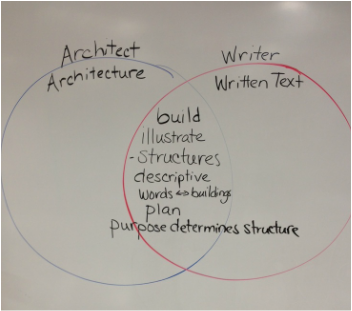





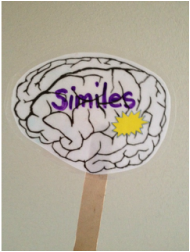


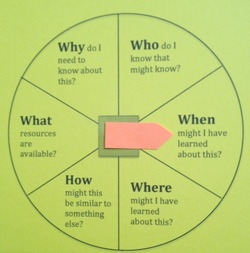
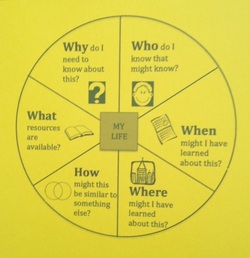



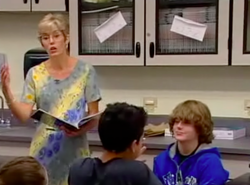

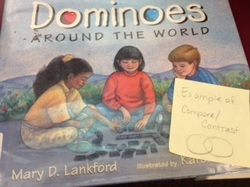
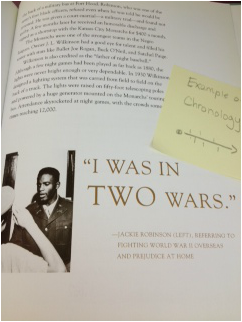
 RSS Feed
RSS Feed